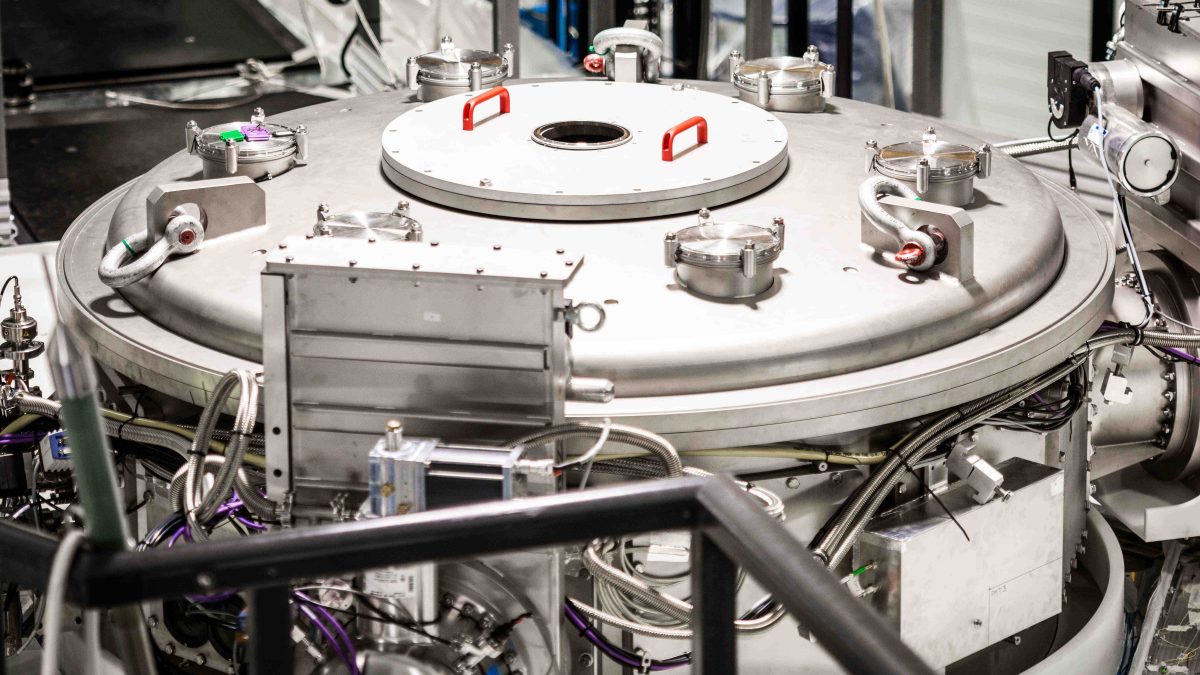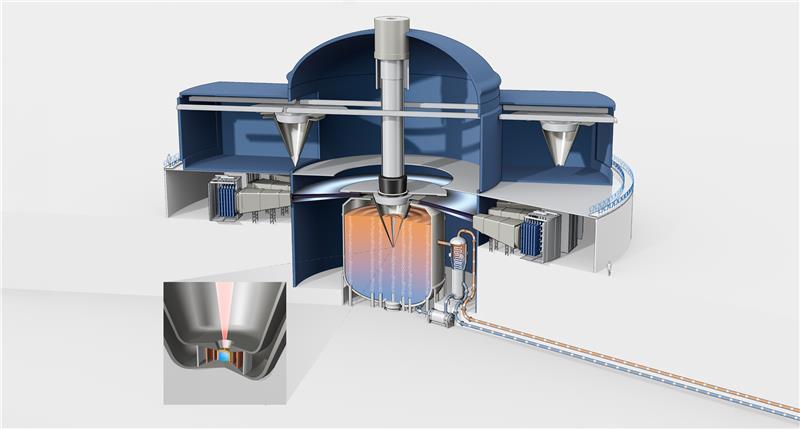Oxford, UK: Achieving a zero carbon global energy system by 2050 is achievable but will require significant investment in both existing renewables and new clean energy technologies. That’s the conclusion of a new analysis into energy supply and demand commissioned by fusion energy pioneer First Light Fusion.
While the rapid and maximum deployment of renewables is key to achieving the 2050 target, in certain parts of the world – including the UK – wind and solar power alone will not be able to meet projected energy demand, opening up a market for clean baseload power to complement renewables.
Global power demand is expected to double by 2040 and could increase fivefold by 2060 when new technologies enable the electrification of a wider range of applications. Even in the most optimistic scenario the analysis concludes that 19,900 TWh per year could be generated from wind and solar globally by 2040. This is an 8-fold increase on today but is still less than half of the projected requirement.
In the UK, power demand could double by 2040, implying an additional 300 TWh of electricity per year. Offshore wind is expected to account for over 60% of additional capacity while solar is unlikely to increase dramatically given space constraints and poor-quality solar resources.
Meanwhile, ten of the UK’s existing nuclear fission plants with an installed capacity of 6 GW are due to be decommissioned in the 2030s. The net effect will be a significant gap in zero-carbon power.
The analysis was conducted by system-change advisory and investment firm SYSTEMIQ. It builds on data from the Energy Transitions Commission and is designed in part to scope the potential market for fusion energy, which is the subject of intense research by international collaborations and national laboratories such as ITER in France, NIF in the US and UKAEA in the UK, as well as start-ups and university spin-outs.
Fusion is the phenomenon which powers the sun: the formation of an atom of helium from two atoms of hydrogen to release energy. The challenge is to control the enormous complexities involved in this process. The prize is a safe, clean, abundant source of power.
To mitigate the impact of climate change a large global market for baseload clean power will open up to complement renewables.
Jeremy Oppenheim, Founding Partner of SYSTEMIQ said:
“Decarbonising the power system based primarily on wind and solar would probably be achievable in a scenario of flat power demand. If power demand booms in the next two decades as it is projected to do, especially in geographies with fast-growing populations and economies, then we will need new sources of clean power generation. Fusion has the potential to be significantly cheaper than other clean baseload options and should be considered by policy-makers and investors as a climate change mitigation accelerator.”
Nick Hawker, co-founder and CEO of First Light Fusion, said:
“Every extra Watt of clean energy capacity reduces the impact of climate change, so we should keep deploying renewables at the fastest possible rate. What this report also shows is that we cannot afford to relax and think that we have all the solutions we need. Fusion offers a new form of energy that is significantly safer than nuclear and has the capacity to close the clean power gap.”
Sir David King, former UK Government Chief Scientific Adviser, Adviser to First Light Fusion and Affiliate Partner at SYSTEMIQ, said:
“This new analysis shows in detail why we need additional clean energy innovation to achieve the goals set at the Paris climate conference. Clean energy demands will continue to increase through this century as we move to net zero carbon emissions and then to the essential task of climate repair.”
– Ends –



